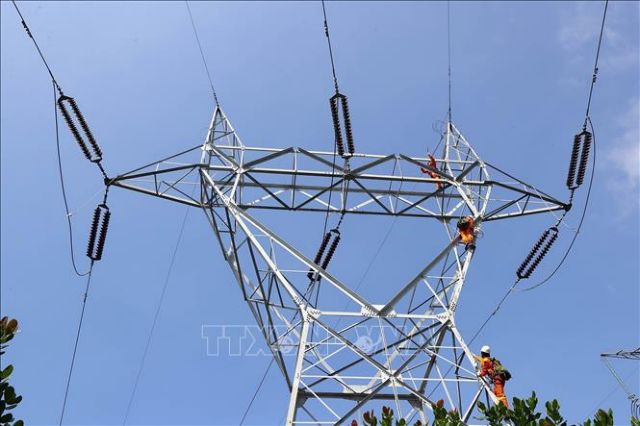The revised pricing methodology details how investment costs, discount rates, loan interest, and capital structure are determined, with clearer data sources and legal bases to improve transparency and implementation.

HÀ NỘI — The Ministry of Industry and Trade (MoIT) has revised Việt Nam’s power generation price framework and pricing methodology to better align with the country’s electricity market operations and expand renewable energy capacity.
The changes are set out in Circular 54/2025/TT-BCT, issued on November 21, which amends Circulars 09/2025/TT-BCT and 12/2025/TT-BCT on the power generation price framework, electricity import, and pricing methods.
The changes expand the types of power plants required to follow the price framework, including facilities with expired preferential tariffs or power purchase agreements, build-operate-transfer projects handed over to the State, and small renewable energy plants no longer eligible for avoided-cost tariffs. The framework will act as a reference for producers after incentive periods or long-term contracts end.
The regulations clarify which organisations and enterprises must comply, while exempting strategic multi-purpose hydropower plants, renewable energy projects still under avoided-cost pricing, units providing only ancillary services and standalone battery storage systems.
For the first time, the rules define 'flexible power plants', covering facilities using reciprocating internal combustion engines or aero-derivative gas turbines, which can start quickly and help balance supply and demand as renewable energy grows.
Under the updated circular, concepts and calculation methods are refined for pumped-storage hydropower, reflecting its role in storing energy and supplying electricity based on system needs.
The revised pricing methodology details how investment costs, discount rates, loan interest, and capital structure are determined, with clearer data sources and legal bases to improve transparency and implementation.
Changes took effect on November 21.
MoIT said stakeholders should report any implementation issues for review and adjustment in line with market developments.
Việt Nam currently operates a single-buyer power market in which State-owned utility EVN purchases most electricity under long-term contracts. The shift away from fixed preferential tariffs for renewable energy has increased the need for clearer pricing rules. — BIZHUB/VNS
- Tags
- power
- electricity




